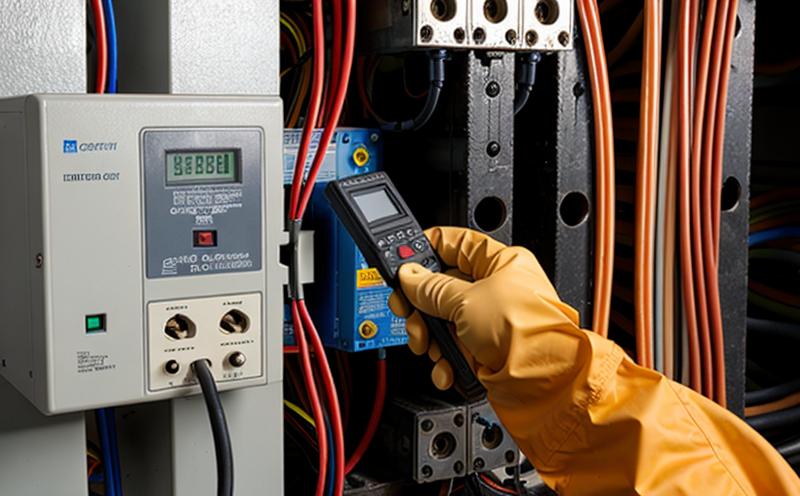Electrical decommissioning inspection
The process of electrical decommissioning inspection is a critical step in the lifecycle management of electrical and electronic systems. This phase involves the systematic dismantling, evaluation, and certification of equipment prior to removal from service or site. It ensures that all components are safe for disposal while adhering to local and international standards.
Decommissioning inspections are not merely about removing old or redundant equipment; they also play a vital role in preventing potential hazards during the dismantling process, reducing environmental impacts by ensuring proper handling of hazardous materials, and complying with regulatory requirements. For instance, the European Union's Waste Electrical and Electronic Equipment (WEEE) Directive mandates that decommissioned electrical items are handled under controlled conditions.
The inspection typically begins with a detailed inventory of all equipment to be removed, followed by an assessment of the environmental impact associated with each item. This includes identifying any hazardous materials such as lead or mercury, which require special handling and disposal methods. Once identified, these materials must be safely extracted before further processing.
Next comes the actual inspection process itself, where each component undergoes a series of tests designed to evaluate its condition and determine whether it can be reused or sold for parts. Common test parameters include insulation resistance, continuity checks, voltage withstand capabilities, and capacitance measurements. All these tests are conducted using high-precision instruments that provide accurate readings.
During the inspection, engineers pay particular attention to identifying any signs of wear and tear that could indicate a potential risk during removal. Additionally, they check for damage caused by previous usage or storage conditions which might compromise safety standards if left unaddressed.
The final step involves documenting all findings in comprehensive reports detailing the results of each test performed along with recommendations regarding future actions such as repair versus replacement decisions based on cost-benefit analyses. These documents serve as official records supporting compliance claims made during subsequent stages of disposal processes like recycling or repurposing activities.
Scope and Methodology
| Component | Description |
|---|---|
| Initial Inventory | A thorough list of all equipment intended for decommissioning, including models, serial numbers, installation dates, etc. |
| Hazardous Material Identification | An analysis to determine which parts contain hazardous substances requiring special treatment during disposal. |
| Test Parameters | A set of specific criteria used to evaluate each component's integrity and safety before removal from service. |
| Repair vs. Replacement Decision | An evaluation process aimed at determining whether existing equipment should be repaired or replaced entirely based on current condition versus replacement costs. |
The methodology employed during electrical decommissioning inspections follows strict guidelines outlined in international standards such as ISO 14001 for environmental management systems and EN 50632-1:2018 concerning the preparation of electronic equipment intended for reuse.
Benefits
Ensures safety by identifying risks associated with handling decommissioned electrical items.
Saves money through informed decisions about what can be repurposed versus discarded.
Promotes sustainability by minimizing waste and promoting recycling practices.
Aids in compliance with regulatory requirements ensuring proper disposal methods are followed.
Moreover, successful decommissioning inspections contribute significantly to reducing operational costs associated with replacing faulty or obsolete equipment. By accurately assessing the condition of existing assets before removal from service, organizations can avoid unnecessary expenditures while simultaneously extending product lifecycles whenever possible.
International Acceptance and Recognition
The International Electrotechnical Commission (IEC) recognizes decommissioning inspections as essential steps in managing electrical equipment responsibly across borders. This ensures consistency in practices worldwide.
The United Nations Environment Programme (UNEP) promotes these inspections as part of global efforts to reduce e-waste and encourage sustainable consumption patterns.
These international bodies support the implementation of decommissioning inspection protocols through guidance documents and best practice recommendations aimed at fostering best-in-class environmental stewardship among industry stakeholders.





